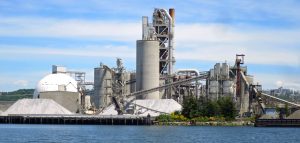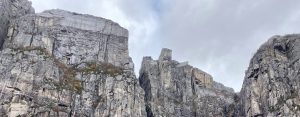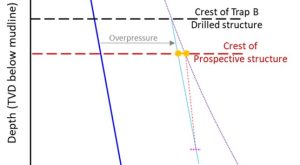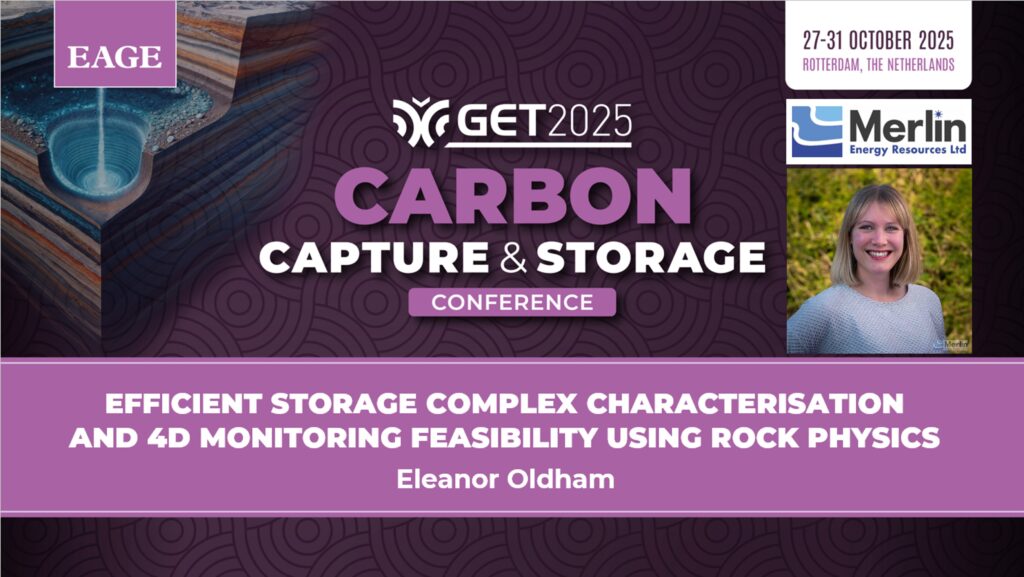
Eleanor Oldham will be speaking at the Sixth EAGE Global Energy Transition Conference & Exhibition in Rotterdam from 27th to 31st October. Her presentation highlights the application of rock physics for CCS workflows, with examples of reservoir characterization and feasibility assessment for 4D seismic monitoring. Read a short summary of her presentation below and listen to her talk in the Goudriaan Room (1&2) on Wednesday 29th October at 2.30 pm.
Eleanor is passionate about encouraging people to make more use of rock physics to discover what additional value can be squeezed out of their existing log and seismic datasets. Speak to her during the conference to find out more.
And if you’re keen to learn more about rock physics, join Eleanor for the Essentials of Rock Physics training course scheduled 3-13th November. This virtually delivered public course is delivered in partnership with Tetra Tech RPS and still has a few spaces left. Sign up here.
If you are interested in learning more about Eleanor’s talk, here is a short summary of what to expect:
This paper discusses the application of rock physics to real CCS projects, focusing on the characterisation of storage complexes and assessing the feasibility of monitoring using 4D seismic. The findings from rock physics analysis can be leveraged to evaluate storage volumes, help predict plume migration behaviour, inform decisions on injection well placement and intelligently select fit-for-purpose 4D seismic parameters. All of these can swing project economics against fine margins.
The quantitative (and semi quantitative) application of rock physics to rock characterisation, leveraging existing data, will be illustrated using examples from the active Smeaheia and Endurance CCS projects. This will show how critical geological aspects of the storage unit can be predicted based on rock property trends.
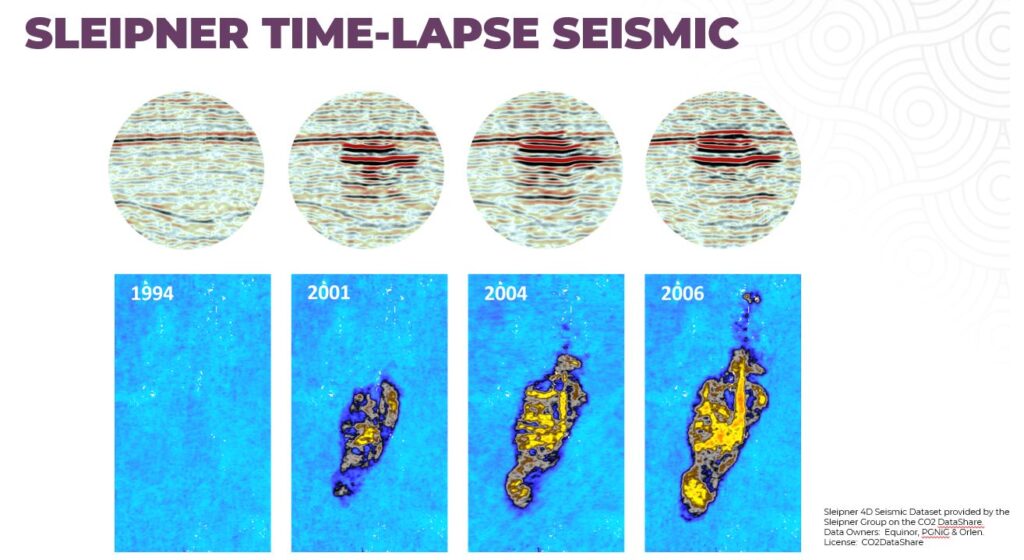
Data from these projects are also used to demonstrate a rock physics workflow to assess the suitability of 4D seismic for monitoring plume migration. Feasibility studies can show whether introducing CO2 to a storage unit is likely to be detectable using seismic amplitudes. If the rock properties of the storage complex are such that seismic amplitudes are unchanged by CO2 injection, the costly acquisition of 4D seismic can be avoided and alternative monitoring strategies sought.

